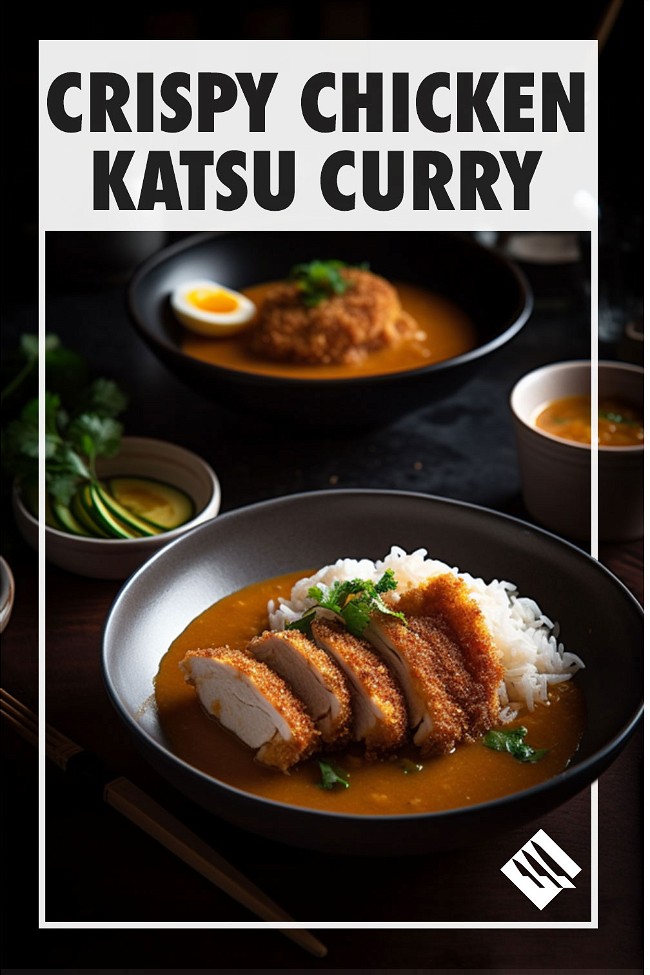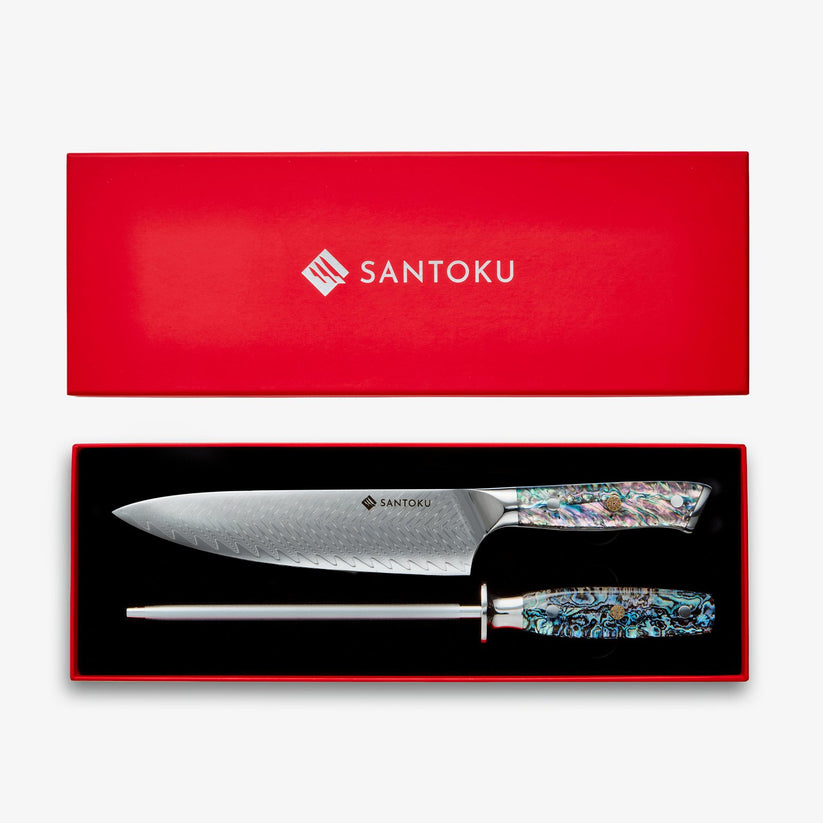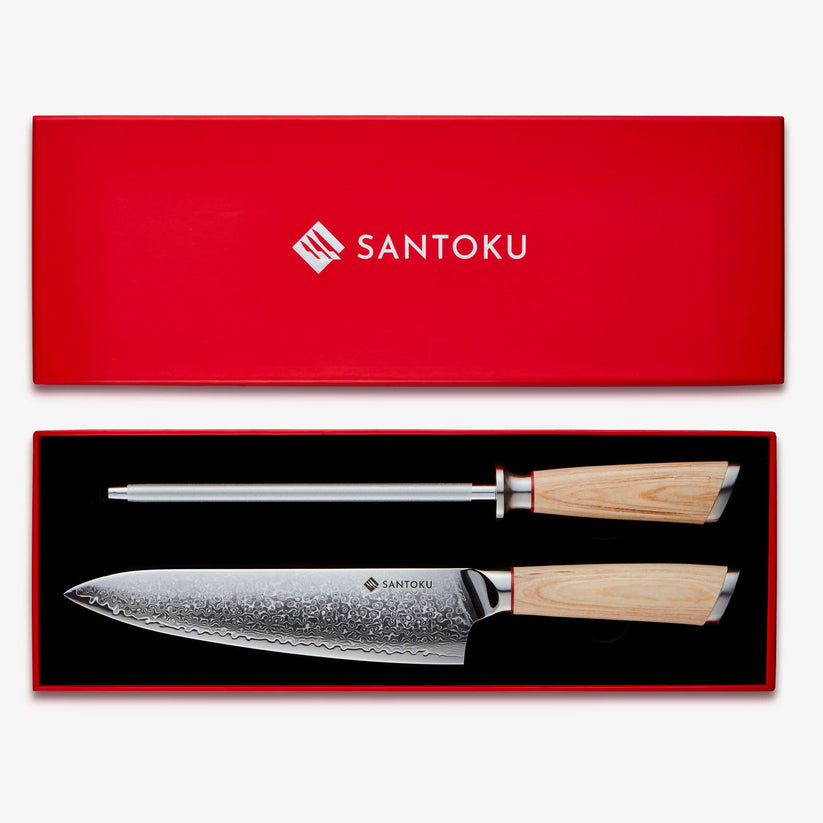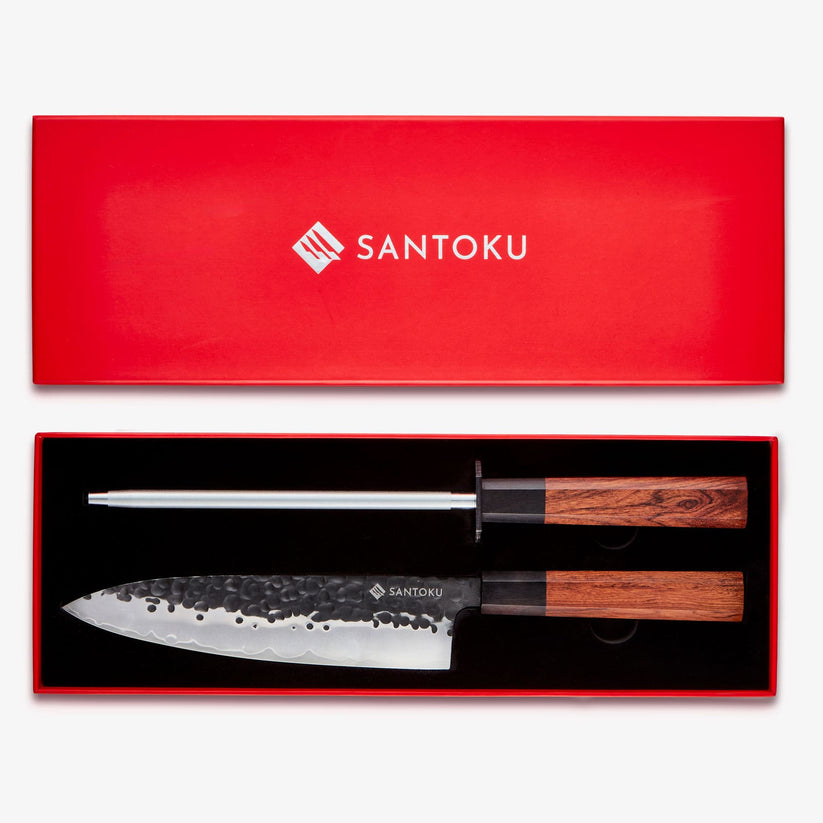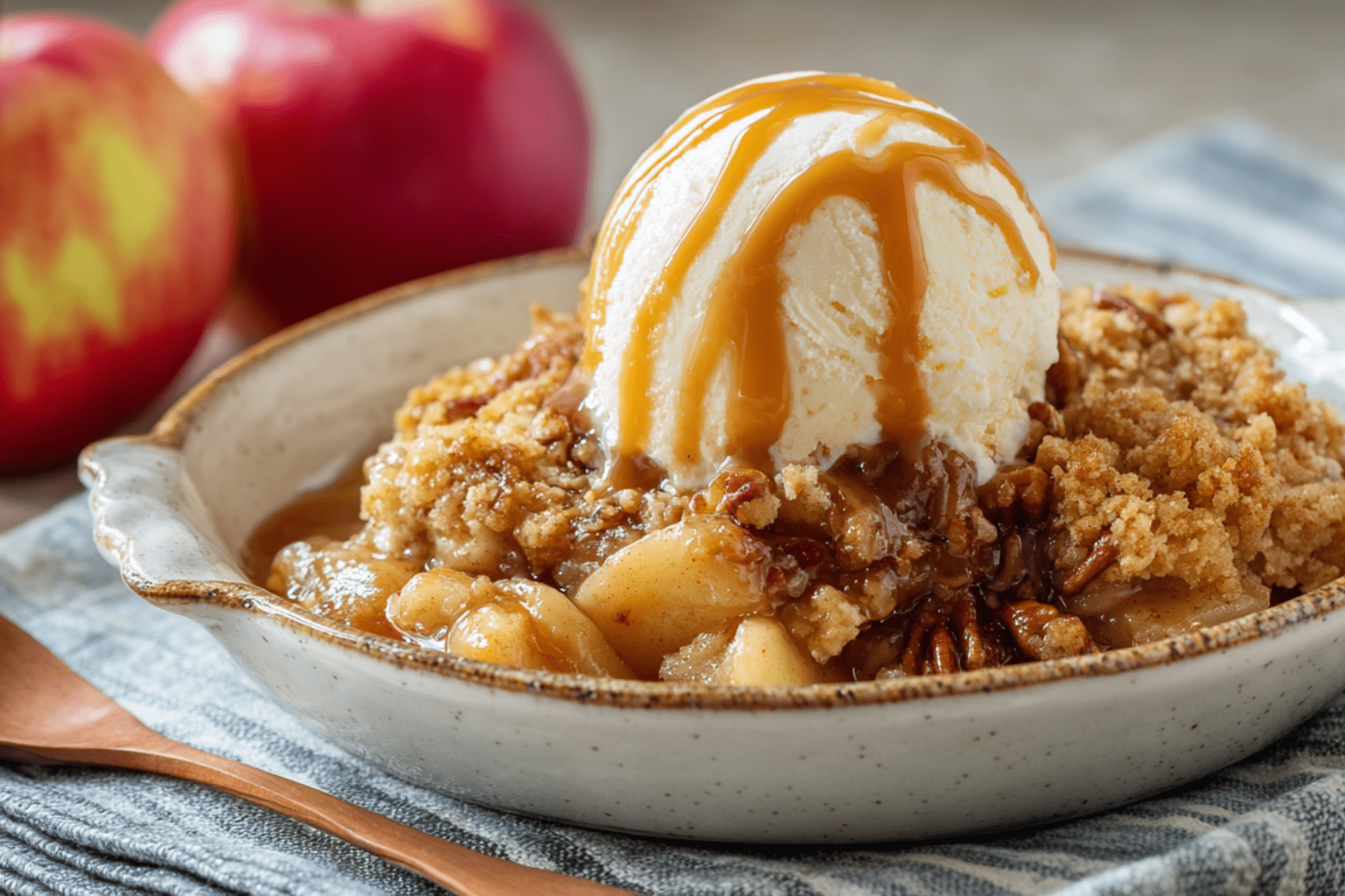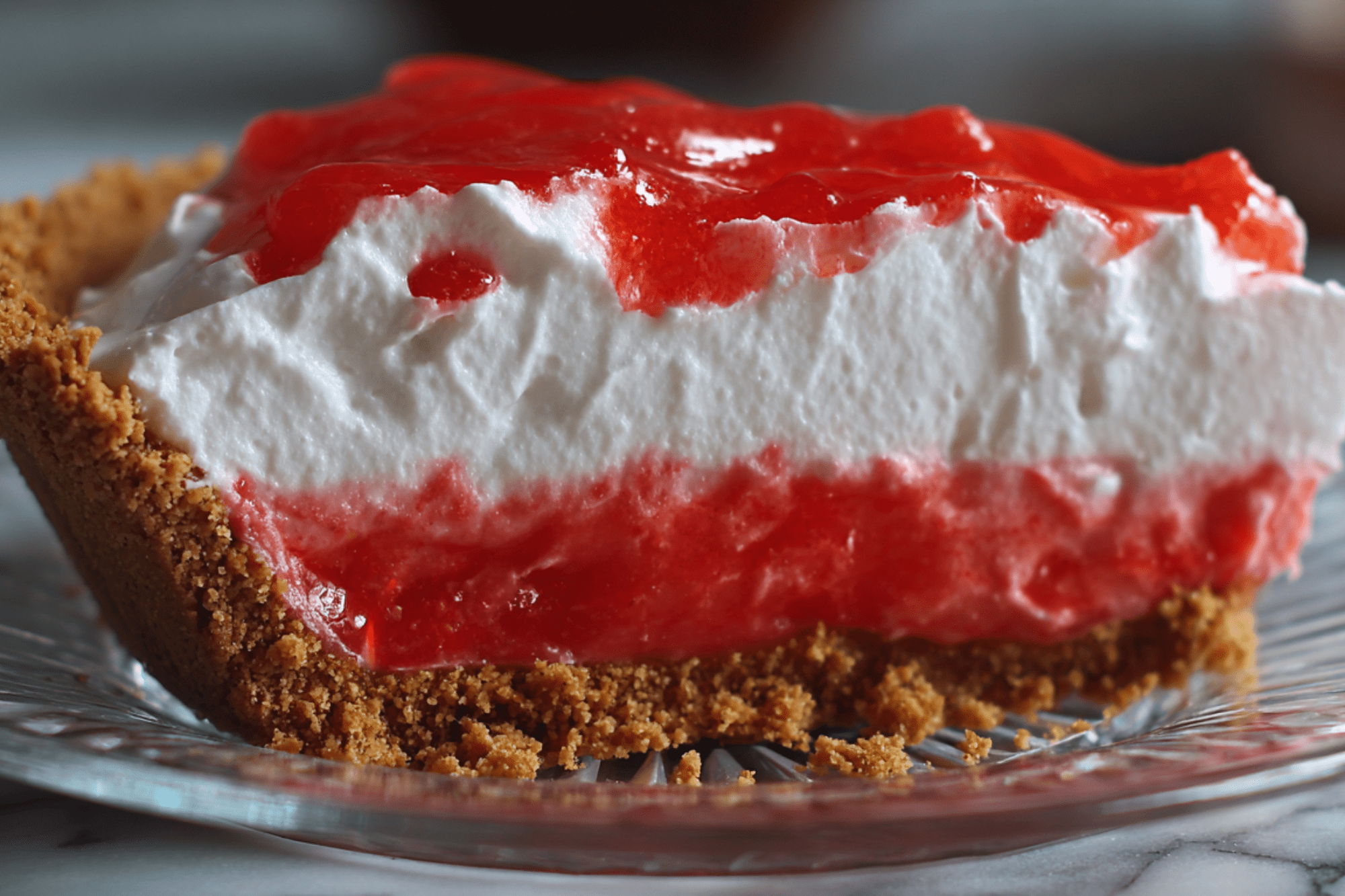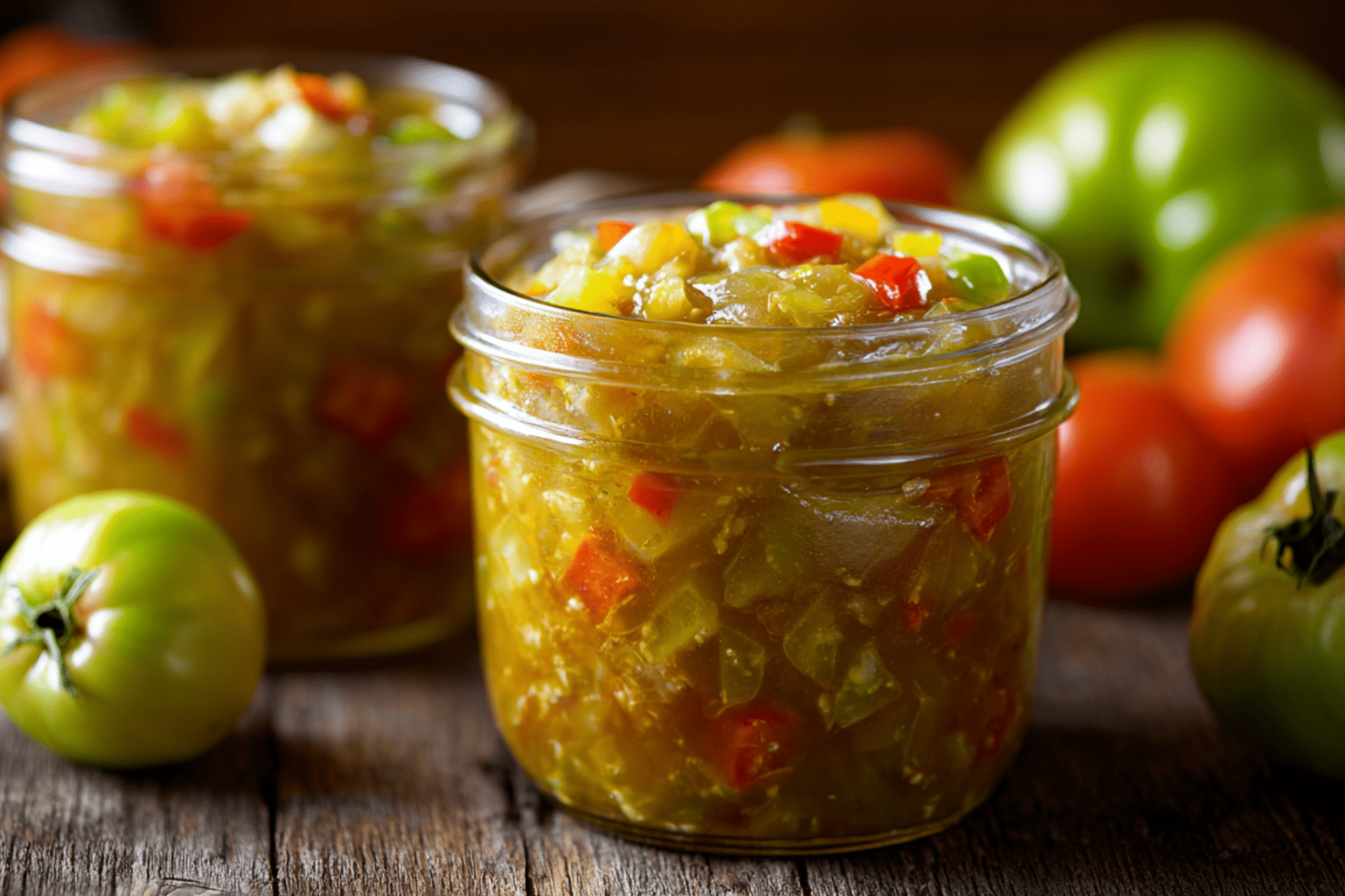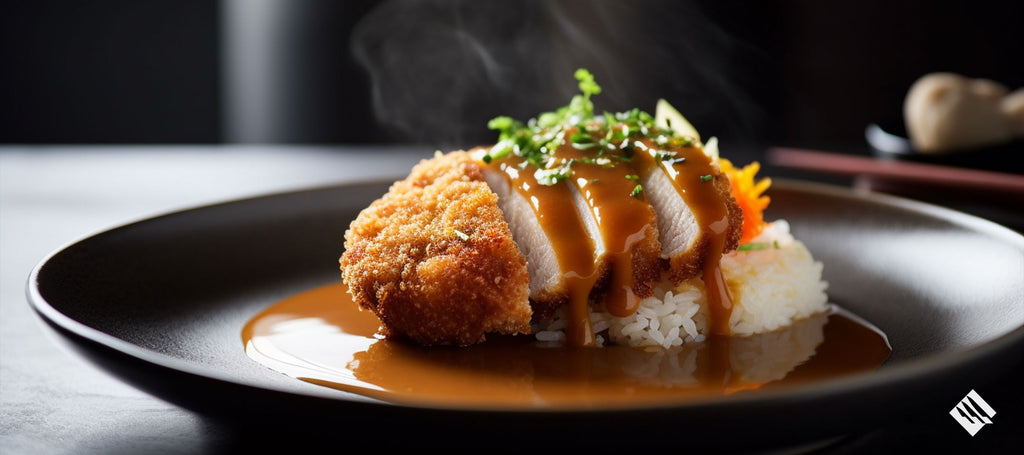
10 Tips to keep in mind when cooking Chicken Katsu Curry
-
Pound the chicken breasts: To ensure even cooking and tender chicken, pound the chicken breasts to an even thickness before breading and frying.
-
Season the chicken: Season the chicken breasts with salt and pepper before breading them. This enhances the flavor of the chicken.
-
Use panko breadcrumbs: Panko breadcrumbs provide a lighter and crispier coating compared to regular breadcrumbs. They give the chicken katsu its signature crunch.
-
Fry in batches: When frying the chicken cutlets, fry them in batches to avoid overcrowding the pan. Overcrowding can result in uneven cooking and a less crispy coating.
-
Drain excess oil: After frying the chicken cutlets, place them on a paper towel-lined plate to drain excess oil. This helps maintain their crispiness.
-
Customize the curry sauce: Adjust the spice level and sweetness of the curry sauce according to your preference. Add more curry powder for a bolder flavor or honey for a touch of sweetness.
-
Add vegetables: Feel free to add additional vegetables to the curry sauce, such as peas, bell peppers, or green beans. This adds more color and texture to the dish.
-
Garnish with fresh herbs: Sprinkle some freshly chopped cilantro or parsley on top of the Chicken Katsu Curry before serving for a burst of freshness.
-
Serve with pickled ginger: Accompany the dish with pickled ginger on the side. The tangy and refreshing flavor of pickled ginger complements the richness of the curry sauce.
-
Make extra curry sauce: The curry sauce can be stored in the refrigerator for a few days. It makes a versatile condiment that can be used in other dishes or served with steamed vegetables and rice.
Serve it with suggestions
Chicken Katsu Curry is typically served with steamed Japanese rice to soak up the flavorful curry sauce. However, if you'd like to add some variety to your meal, here are a few suggestions:
-
Japanese Coleslaw: Prepare a refreshing Japanese-style coleslaw with shredded cabbage, carrots, and a tangy sesame dressing. Serve it alongside the Chicken Katsu Curry for a crunchy and light side dish.
-
Miso Soup: Start your meal with a bowl of traditional miso soup. Its umami-rich broth and delicate flavors complement the boldness of the curry. Garnish with green onions and tofu for added texture.
-
Tsukemono (Japanese Pickles): Include a side of tsukemono, which are Japanese pickles. They come in various flavors and textures, from sweet and tangy to salty and crunchy. They provide a refreshing contrast to the richness of the curry.
-
Edamame: Steam a bowl of edamame, young soybeans in the pod, and sprinkle them with sea salt. This simple and nutritious appetizer adds a pop of green color and a hint of sweetness to the meal.
-
Asian Slaw Salad: Toss together a vibrant Asian slaw salad with shredded cabbage, carrots, bell peppers, and a tangy sesame dressing. The crispness of the vegetables complements the crispy chicken katsu.
-
Steamed Vegetables: Steam a medley of vegetables such as broccoli, carrots, and snap peas. Season them lightly with salt and serve them as a healthy and colorful side dish.
-
Japanese Curry Rice: If you're a fan of extra curry, serve the Chicken Katsu Curry over a bed of Japanese curry rice. The combination of the crispy chicken cutlets, curry sauce, and fragrant rice is incredibly satisfying.
-
Ramen Noodles: Prepare a bowl of ramen noodles and serve the Chicken Katsu Curry on top. The noodles absorb the curry sauce, creating a delightful fusion of flavors.
Choose any of these suggestions to complement your Chicken Katsu Curry and create a well-rounded and satisfying meal.
FAQ'S
Q: Can I make Chicken Katsu Curry ahead of time?
A: While the chicken katsu is best enjoyed fresh, you can prepare the curry sauce in advance and store it in the refrigerator. When ready to serve, reheat the sauce and fry the chicken cutlets for the ultimate crispy texture.
Q: Can I use chicken thighs instead of chicken breasts?
A: Yes, you can use boneless, skinless chicken thighs if you prefer. They will provide a slightly juicier and more flavorful result. Adjust the cooking time accordingly to ensure they are cooked through.
Q: Can I make Chicken Katsu Curry gluten-free?
A: Yes, you can make a gluten-free version by using gluten-free flour, gluten-free panko breadcrumbs, and ensuring that all other ingredients, such as soy sauce, are gluten-free. Check the labels of your ingredients to ensure they are suitable for a gluten-free diet.
Q: Can I bake the chicken instead of frying it?
A: While traditional Chicken Katsu is fried for a crispy coating, you can bake the breaded chicken cutlets in the oven at 400°F (200°C) for approximately 20-25 minutes, or until cooked through and golden brown. The texture may be slightly different, but it will still be delicious.
Q: Can I make the curry sauce spicier?
A: Absolutely! Adjust the amount of curry powder to your desired spice level. You can also add a pinch of cayenne pepper or chili flakes for an extra kick.
Q: Can I substitute the white rice with brown rice?
A: Yes, you can substitute white rice with brown rice for a healthier alternative. Keep in mind that brown rice requires a longer cooking time, so adjust accordingly.
Q: Can I make Chicken Katsu Curry vegan?
A: Yes, you can make a vegan version by using plant-based proteins like tofu or tempeh instead of chicken. Use vegetable broth instead of chicken broth, and substitute soy sauce for tamari or a gluten-free soy sauce alternative. Ensure all other ingredients are vegan-friendly.
Q: How do I store leftovers?
A: Store any leftover Chicken Katsu Curry in an airtight container in the refrigerator for up to 3-4 days. Reheat in the microwave or on the stovetop until heated through.
Q: Can I freeze Chicken Katsu Curry?
A: It is not recommended to freeze the dish as the texture of the crispy chicken may become compromised. It is best enjoyed fresh or stored in the refrigerator for a few days.
Q: Can I add additional vegetables to the curry sauce?
A: Absolutely! Feel free to add your favorite vegetables such as bell peppers, peas, or zucchini to the curry sauce. Adjust the cooking time accordingly to ensure they are cooked to your desired tenderness.
